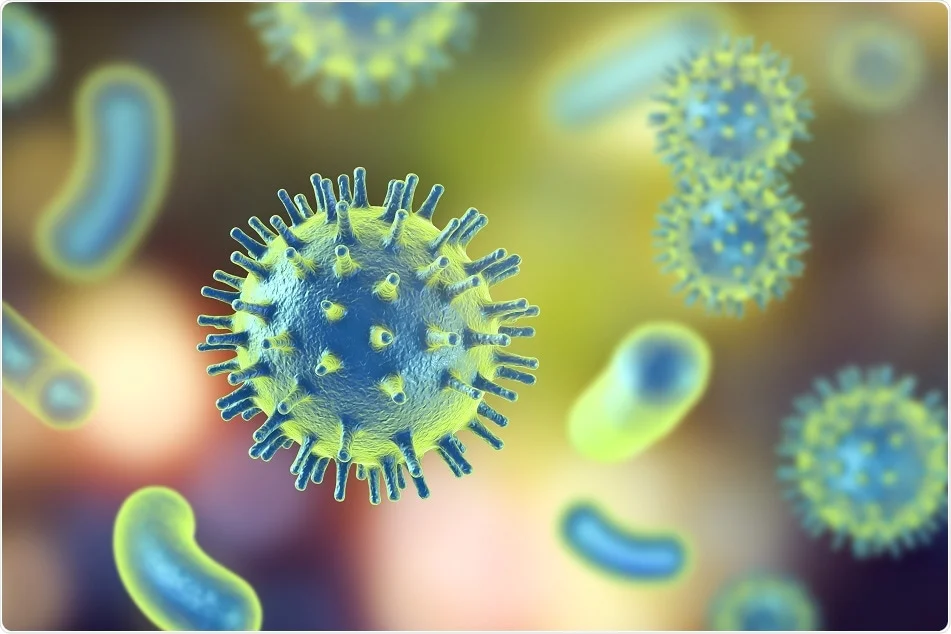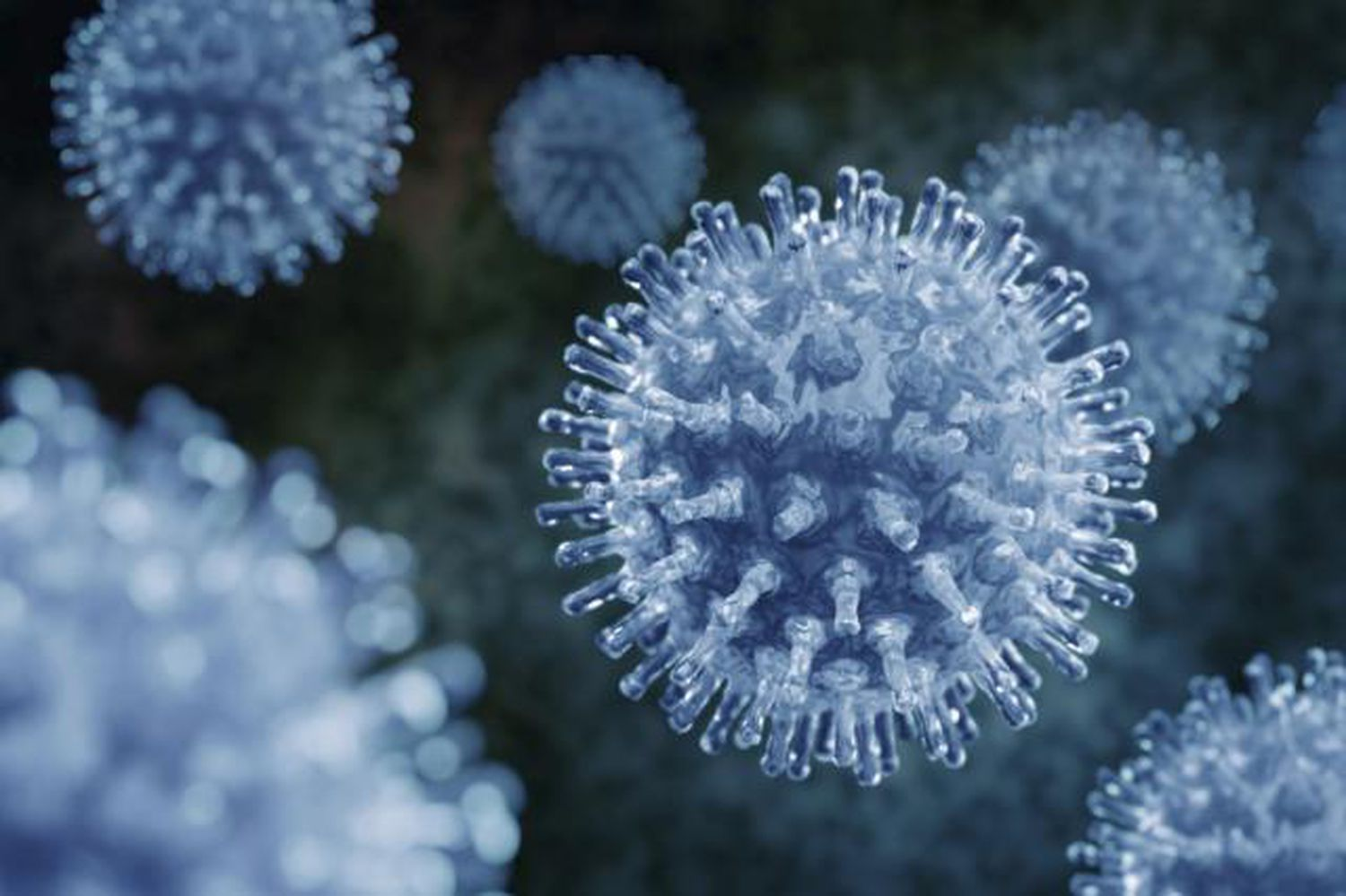
Chapter 23: Pathogens and Infection
Introduction to Pathogen and the Human Microbiota
Introduction to Pathogens:
Pathogens are microorganisms that can cause disease in their host organisms, including humans.
Common types of pathogens include bacteria, viruses, fungi, and parasites.

Pathogens have evolved various mechanisms to invade, colonize, and multiply within the host, leading to the development of infectious diseases.
Pathogens can be transmitted through direct contact, airborne droplets, contaminated food and water, insect vectors, or sexual contact.
Examples of well-known pathogens include the influenza virus, Staphylococcus aureus bacteria, Candida fungi, and Plasmodium parasites causing malaria.
Introduction to the Human Microbiota:
The human microbiota refers to the vast community of microorganisms that reside in and on the human body.
The human microbiota is composed of bacteria, viruses, fungi, and other microbes.
The microbiota is most abundant in areas such as the gut, skin, oral cavity, respiratory tract, and reproductive system.
The microbiota plays essential roles in human health, including digestion, nutrient metabolism, immune system regulation, and protection against pathogens.
The composition of the microbiota is unique to each individual and can be influenced by factors such as genetics, diet, age, geographic location, and exposure to antibiotics.
Bacteria are the predominant members of the human microbiota, with thousands of different species inhabiting various body sites.
Some common bacterial genera found in the human microbiota include Bacteroides, Firmicutes, Actinobacteria, and Proteobacteria.
Viruses in the human microbiota are predominantly bacteriophages, which infect and replicate within bacterial cells.
Fungi, such as Candida and Malassezia species, can also be part of the human microbiota, particularly in areas like the oral cavity, skin, and gastrointestinal tract.
The human microbiota begins to establish shortly after birth and continues to evolve throughout life, influenced by various environmental and host factors.
Imbalances or disruptions in the microbiota, known as dysbiosis, have been associated with various diseases, including gastrointestinal disorders, autoimmune conditions, allergies, and infections.
Interactions Between Pathogens and the Human Microbiota:
The human microbiota plays a crucial role in preventing pathogen colonization and infection through various mechanisms, collectively known as colonization resistance.
These mechanisms include competition for nutrients and space, production of antimicrobial substances, modulation of the host immune response, and alteration of the local environment.
Disruption of the microbiota, such as through the use of broad-spectrum antibiotics, can reduce colonization resistance and increase the risk of infection by pathogens.
Some pathogens have evolved strategies to exploit the microbiota or evade its protective mechanisms, leading to successful colonization and infection.
For example, certain pathogens can manipulate the microbiota composition to create a favorable environment for their own growth and survival.
Additionally, some pathogens can directly interact with specific microbial species within the microbiota, either enhancing or inhibiting their colonization or growth.
Research is ongoing to better understand the intricate interactions between pathogens and the human microbiota, as well as the potential for manipulating the microbiota to prevent or treat infectious diseases.
Cell Biology of Infection
Infection is a complex process that involves the interaction between pathogens and host cells at the cellular and molecular levels.
Pathogens, such as bacteria, viruses, fungi, and parasites, have evolved various mechanisms to invade, survive, and replicate within host cells, leading to the development of infectious diseases.
The cell biology of infection encompasses the processes by which pathogens enter host cells, manipulate host cellular machinery, and evade host immune responses.
Pathogens employ different strategies to gain entry into host cells. For example, bacteria may use protein adhesins to bind to specific receptors on the host cell surface, allowing them to adhere and subsequently invade the cell.
Viruses often rely on specific receptors present on host cells to bind and gain entry. Once attached, they may enter the cell through receptor-mediated endocytosis or direct fusion with the host cell membrane.

Upon entry, pathogens must navigate the intracellular environment to establish a replicative niche. They may evade or subvert host cell defense mechanisms, such as lysosomal degradation or immune surveillance, to ensure their survival and replication.
Pathogens may exploit host cell signaling pathways to promote their own replication and inhibit host defense mechanisms. They can produce effector proteins that directly interfere with host cell signaling or manipulate host cell processes to create an environment conducive to their survival.
Some pathogens, such as intracellular bacteria, can escape from the phagosome (a membrane-bound compartment formed after internalization) into the host cell cytoplasm, where they can replicate and spread within the host.
Pathogens may also alter host cell gene expression and protein synthesis to favor their own survival and replication. They can manipulate host cell transcription factors, epigenetic modifications, and protein synthesis machinery to redirect resources towards their own needs.
Host cells, in response to infection, activate various immune mechanisms to combat the invading pathogens. This includes the secretion of antimicrobial peptides, activation of immune cells, and release of pro-inflammatory cytokines.
The cell biology of infection also involves the interplay between pathogens and the host immune system. Pathogens can develop strategies to evade or counteract immune defenses, such as altering their surface antigens to evade recognition by immune cells or inhibiting immune cell activation and cytokine production.
Some pathogens can establish chronic infections by persisting within host cells or evading immune responses. They may adopt latency, where they remain dormant within the host until conditions become favorable for reactivation.
Host cells, in addition to mounting immune responses, can undergo programmed cell death, such as apoptosis or pyroptosis, to limit pathogen replication and spread. However, some pathogens have evolved mechanisms to inhibit or subvert host cell death pathways for their own benefit.
Chapter 23: Pathogens and Infection
Introduction to Pathogen and the Human Microbiota
Introduction to Pathogens:
Pathogens are microorganisms that can cause disease in their host organisms, including humans.
Common types of pathogens include bacteria, viruses, fungi, and parasites.

Pathogens have evolved various mechanisms to invade, colonize, and multiply within the host, leading to the development of infectious diseases.
Pathogens can be transmitted through direct contact, airborne droplets, contaminated food and water, insect vectors, or sexual contact.
Examples of well-known pathogens include the influenza virus, Staphylococcus aureus bacteria, Candida fungi, and Plasmodium parasites causing malaria.
Introduction to the Human Microbiota:
The human microbiota refers to the vast community of microorganisms that reside in and on the human body.
The human microbiota is composed of bacteria, viruses, fungi, and other microbes.
The microbiota is most abundant in areas such as the gut, skin, oral cavity, respiratory tract, and reproductive system.
The microbiota plays essential roles in human health, including digestion, nutrient metabolism, immune system regulation, and protection against pathogens.
The composition of the microbiota is unique to each individual and can be influenced by factors such as genetics, diet, age, geographic location, and exposure to antibiotics.
Bacteria are the predominant members of the human microbiota, with thousands of different species inhabiting various body sites.
Some common bacterial genera found in the human microbiota include Bacteroides, Firmicutes, Actinobacteria, and Proteobacteria.
Viruses in the human microbiota are predominantly bacteriophages, which infect and replicate within bacterial cells.
Fungi, such as Candida and Malassezia species, can also be part of the human microbiota, particularly in areas like the oral cavity, skin, and gastrointestinal tract.
The human microbiota begins to establish shortly after birth and continues to evolve throughout life, influenced by various environmental and host factors.
Imbalances or disruptions in the microbiota, known as dysbiosis, have been associated with various diseases, including gastrointestinal disorders, autoimmune conditions, allergies, and infections.
Interactions Between Pathogens and the Human Microbiota:
The human microbiota plays a crucial role in preventing pathogen colonization and infection through various mechanisms, collectively known as colonization resistance.
These mechanisms include competition for nutrients and space, production of antimicrobial substances, modulation of the host immune response, and alteration of the local environment.
Disruption of the microbiota, such as through the use of broad-spectrum antibiotics, can reduce colonization resistance and increase the risk of infection by pathogens.
Some pathogens have evolved strategies to exploit the microbiota or evade its protective mechanisms, leading to successful colonization and infection.
For example, certain pathogens can manipulate the microbiota composition to create a favorable environment for their own growth and survival.
Additionally, some pathogens can directly interact with specific microbial species within the microbiota, either enhancing or inhibiting their colonization or growth.
Research is ongoing to better understand the intricate interactions between pathogens and the human microbiota, as well as the potential for manipulating the microbiota to prevent or treat infectious diseases.
Cell Biology of Infection
Infection is a complex process that involves the interaction between pathogens and host cells at the cellular and molecular levels.
Pathogens, such as bacteria, viruses, fungi, and parasites, have evolved various mechanisms to invade, survive, and replicate within host cells, leading to the development of infectious diseases.
The cell biology of infection encompasses the processes by which pathogens enter host cells, manipulate host cellular machinery, and evade host immune responses.
Pathogens employ different strategies to gain entry into host cells. For example, bacteria may use protein adhesins to bind to specific receptors on the host cell surface, allowing them to adhere and subsequently invade the cell.
Viruses often rely on specific receptors present on host cells to bind and gain entry. Once attached, they may enter the cell through receptor-mediated endocytosis or direct fusion with the host cell membrane.

Upon entry, pathogens must navigate the intracellular environment to establish a replicative niche. They may evade or subvert host cell defense mechanisms, such as lysosomal degradation or immune surveillance, to ensure their survival and replication.
Pathogens may exploit host cell signaling pathways to promote their own replication and inhibit host defense mechanisms. They can produce effector proteins that directly interfere with host cell signaling or manipulate host cell processes to create an environment conducive to their survival.
Some pathogens, such as intracellular bacteria, can escape from the phagosome (a membrane-bound compartment formed after internalization) into the host cell cytoplasm, where they can replicate and spread within the host.
Pathogens may also alter host cell gene expression and protein synthesis to favor their own survival and replication. They can manipulate host cell transcription factors, epigenetic modifications, and protein synthesis machinery to redirect resources towards their own needs.
Host cells, in response to infection, activate various immune mechanisms to combat the invading pathogens. This includes the secretion of antimicrobial peptides, activation of immune cells, and release of pro-inflammatory cytokines.
The cell biology of infection also involves the interplay between pathogens and the host immune system. Pathogens can develop strategies to evade or counteract immune defenses, such as altering their surface antigens to evade recognition by immune cells or inhibiting immune cell activation and cytokine production.
Some pathogens can establish chronic infections by persisting within host cells or evading immune responses. They may adopt latency, where they remain dormant within the host until conditions become favorable for reactivation.
Host cells, in addition to mounting immune responses, can undergo programmed cell death, such as apoptosis or pyroptosis, to limit pathogen replication and spread. However, some pathogens have evolved mechanisms to inhibit or subvert host cell death pathways for their own benefit.
 Knowt
Knowt
